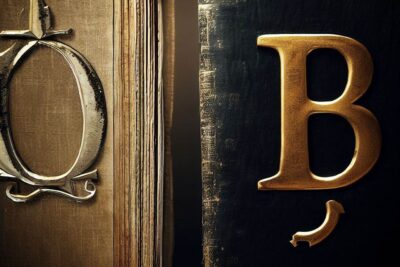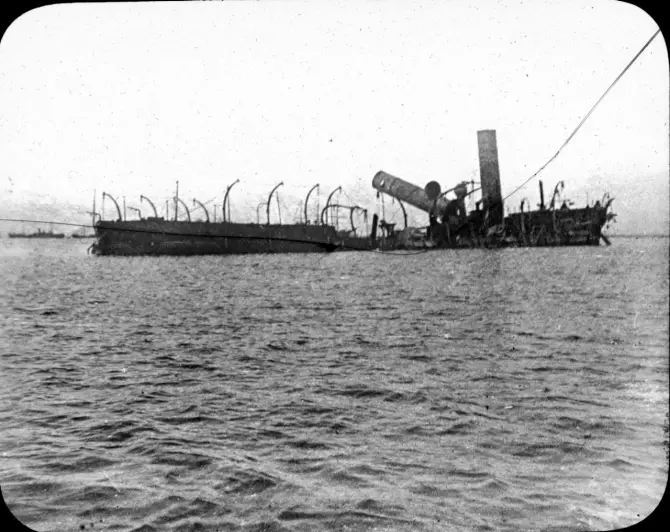



The Bible mentions several boats, including Noah's Ark and the boat that carried Jonah. While we don't have complete information on their construction, we do know that they were made of wood and coated with pitch or tar to make them waterproof. But what prevented a biblical boat from leaking? Let's take a closer look.
Water-tight construction was crucial for biblical boats, as they were often used for long voyages or to transport large numbers of people or animals. A leaky boat could quickly become dangerous, causing the vessel to sink or the cargo to be lost. To prevent leaks, builders had to pay close attention to every detail of the boat's construction.
The hull of a boat is its main body or frame. To prevent leaks, builders had to make sure that the hull was designed to keep water out. This involved using a system of planks or boards that overlapped each other, creating a kind of interlocking shield. In addition, builders had to use materials that were resistant to rot and decay, as well as strong enough to withstand the pressure of the water.
Even with a water-tight hull, the joints between the planks or boards could still leak. To prevent this, builders used a variety of techniques to seal the joints. One method was to use caulking, a material made from rope fibers or hemp that was coated with pitch or tar. The caulking was packed into the joints and then hammered down to create a tight seal. Another method was to use wooden dowels or pegs to hold the planks together, with the dowels coated in pitch or tar to prevent leaks.
In addition to the hull, the deck of the boat also had to be waterproofed. This involved coating the deck with pitch or tar, as well as using a system of gutters and scuppers to drain any water that did manage to get on board. Builders also had to make sure that any openings in the deck, such as hatches or vents, were properly sealed to prevent leaks.
While the techniques used to prevent leaks in biblical boats were undoubtedly effective, there was also an element of faith involved. Noah, for example, was instructed by God to build an ark to survive the flood. In Jonah's case, the sailors on the boat believed that throwing him overboard would calm the storm. Faith in God's protection and guidance was an important part of sailing in biblical times.
So what prevented a biblical boat from leaking? It was a combination of careful design, skilled craftsmanship, and faith. Builders had to pay close attention to every detail of the boat's construction, from the hull to the deck, to ensure that it was water-tight. They used a variety of techniques, such as overlapping planks, caulking, and pitch or tar coatings, to prevent leaks. And they relied on their faith in God's protection and guidance to see them through even the roughest waters.
In conclusion, the secrets to water-tight construction in biblical boats were both practical and spiritual. By combining craftsmanship, materials, and faith, builders were able to create vessels that could withstand the challenges of the open sea.
What prevented a biblical boat from leaking was a combination of careful design, skilled craftsmanship, and faith.
Related Posts